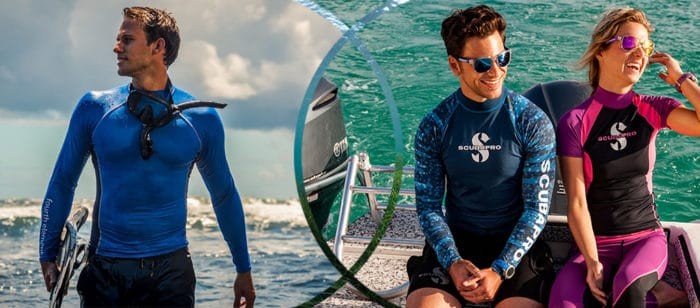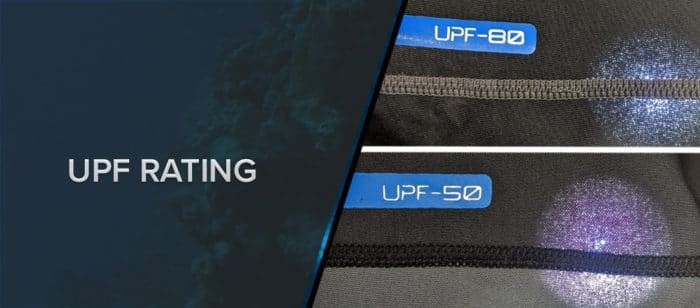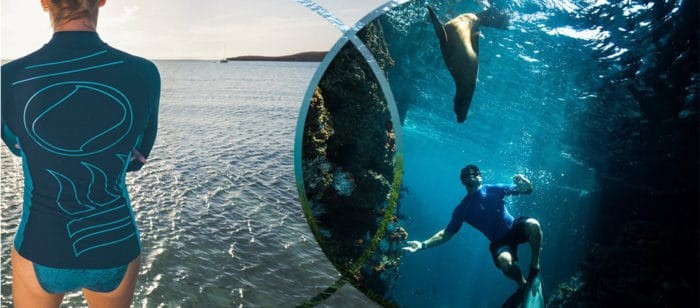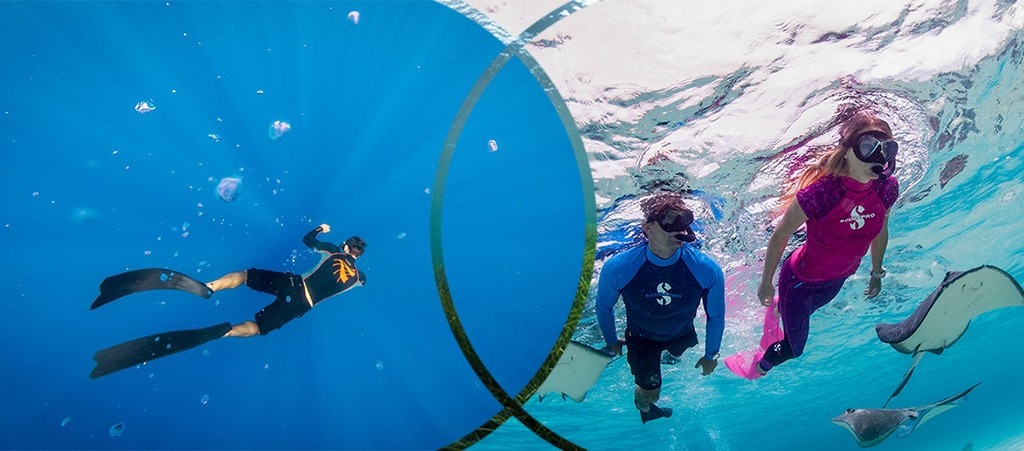Rash Vests or Rash Guards or Rashies have been around for a long time and have quite a few benefits that aren’t immediately obvious… While they may seem like an extra unnecessary piece of kit, a Rash Vest will help you in more ways than one and not all are made the same, so some are better than others, so let’s take a look at what makes a good rashvert.
Origins
Rash Vets are originally thought to have started in Australia for surfers and get their name from the Rash that you can get while surfing. Sand would often stick to the wax coating on your board causing abrasion against your skin while paddling, this along with hitting water and waves as well as sunburn required a protective garment other than a wetsuit.
Wetsuits would be too warm or bulky in warmer months so a thin flexible shirt was made to protect the surfer from mild abrasions, the sun and even chafing. Surfers would use that same shirt for other sports and the popularity grew for Rash Vests outside of just water sports.
Big brands such as ScubaPro, Fourth Element and Waterproof who all make top notch wetsuits also make ranges of Rash Vests for snorkeling, scuba diving, and freediving along with other sports too. Rash Vests have also progressed to thermal materials too from very thin neoprene from about 0.5mm to 1.0mm or tri-material shirts that are neutrally buoyant but as warm as a 2 or 3mm wetsuit.
Benefits
Rash Vests are quite simply a protective layer that goes against your skin to reduce damage from Minor Abrasions such as sand and seams on your wetsuit from rubbing against your skin. UV Rays from the sun are blocked when covered by Rash Vest material so you can stay in the water longer without the need for lotions that often just wash off in the water.
Some Rash Vests can even protect from some jellyfish and other Marine Life Stings because, despite their thin material, they can be thick enough to prevent some barbs from penetrating the skin.
Other than protection a Rash Vest will make donning and doffing wetsuits easier as the skin tight material will help the wetsuit lining glide over you and move around, Reducing Chafing and Bunching Up so you’re more comfortable inside your suit.
Because Rash Vests are made to protect and cover you they are typically longer than a traditional T-Shirt so you will get a decent overlap with your shorts so you don’t expose your midsection while moving. The necks will be longer for coverage and to reduce chafing and at the end of long sleeves will be a thumb loop to keep the sleeve from riding up. Today there are of course both Men’s and Women’s now so they are comfortable and fit your body shape correctly.

Features
FlatLock Stitching is one of the most common features on a Rash Vest to look for. Because the shirt is worn directly against the skin FlatLock stitching is best so it won’t rub in any one area. No matter your sport, if you’re moving around a lot the last thing you want on a skin-tight suit is for a seam to be rubbing so be sure to look for flatlock stitching like below.

Modern Rash Vests will have a UPF Rating equivalent to the ones you get on sunblock lotions that let you know how much protection you’re getting from your suit. Different materials will act differently when wet and stretched so Rash Vests will have a special weave to protect you and your skin from sun damage. More open weaves like a traditional t-shirt will grin, or open the weave between the threads when wet and stretched that allows harmful UV rays through. And even the best UPF rating will still let some light through so remember they’re not perfect protection against sunburn.
Material Composition is important for protection and longevity. Cheaper Rash Vests are made from Polyester blend that can accommodate a more complicated pattern design but a Nylon & Spandex or Lycra blend will last longer and provide better protection against UV rays and abrasions.
From the example above, the UPF-50 shirt is made from a Polyester blend while the UPF-80 is made from a Nylon Spandex blend that better protects you from the sun as you can see from the amount of light that makes it through the material from the same torch. Over time cheaper Rash Vests will thin providing less and less protection so it’s always worth spending a little extra on a better Rashie.
As I mentioned earlier Rash Vests are typically Longer in the Body compared to a normal T-Shirt and many will have a loop that you can tie to your board shorts to stop them riding up. A long body means that you have plenty of coverage even if you’re moving around so no part of you is exposed.
You don’t just get Rash Vests, you can also get Full Body Suits, leggings, shorts, loose fit shirts, and Thermal Rash Vests too. Full body suits and leggings cover your body for complete protection and thermal rash vests will be made from very thin 0.5mm, or similar, neoprene or a neoprene alternative to protect you from a chill too when it gets a bit colder in the water.

Summary
Rash Vests aren’t just expensive T-Shirts, they protect you from abrasions, stings, chafing and sunburn and also make it easier to don and doff your wetsuit. Some Rash Vests provide better protection thanks to better materials so don’t just go for the cheapest or the design you fancy, look at the specs when buying.
Long Sleeve Shirts are great for protection but if you want to show off your tan after your holiday then there are short sleeve versions out there too. While a good Rashie is skin-tight to reduce drag, if you prefer a loose fit then they are available too.
Rashies don’t take up any space or weight in your luggage and I always take one or two with me on a dive trip or snorkeling holiday. If you have a 2nd shirt then you give yourself more time for it to dry out before putting it back on for the next dive.
I’ve picked three of my favorite Rash Vests at the moment if you’re looking for some recommendations. The first up is a simple Rash Vest made from probably the best material and specs right now and that’s the Scubapro Men’s Eco Long Sleeve Rash Guard that’s available in both long and short sleeve and men’s and women’s.
Next up the Fourth Element Thermocline is a thermal Rashie that comes in all sorts of configurations so you can keep what you want warm and it’s neutrally buoyant too, so perfect for scuba diving and snorkeling.
And if you want something warm but not cumbersome the Waterproof Neoskin is a thin and flexible 1mm wetsuit that will keep the chill away and cover you all over.
This is a sponsored post – for more information please see our disclosure policy.

